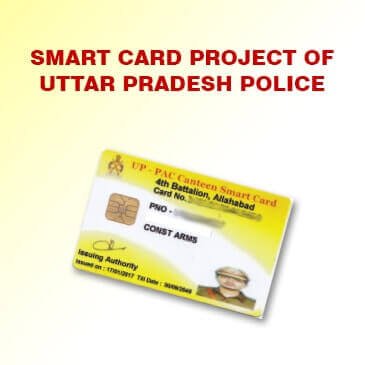smart card projects
description
What is a Smart Card?
A smart card is a special type of card like device which contains an integrated circuit chip embedded on it. The IC chip can be a microprocessor with memory or just simple memory circuit. In simple layman’s words, a smart card is the card with which we can exchange the data, store it and manipulate data.
How does the Smart Card Works?
A smart card is connected to the host computer or controller via a card reader which gets information from the smart card and accordingly passes the information to the host computer or controller.
What is a Smart Card Reader?
A smart card reader is a device to which the smart card is connected either directly or indirectly using RF communication. It interfaces with the PC or a microcontroller using USB port or RS232 serial ports. It can be a contact or contactless reader.

2 Types of Smart Card based on Connection to the Smart Card Reader
- Contact Smart Card: A smart card reader is a device to which the smart card is connected either directly or indirectly using RF communication. It interfaces with the PC or a microcontroller using USB port or RS232 serial ports. It can be a contact or contactless reader.
- Contactless Smart Card: TThis type of smart card communicates with the reader without any physical contact. Rather it consists of an antenna with which it is used to communicate using Radio Frequency band with the antenna on the reader. It usually receives power from the reader via the electromagnetic signal.
2 Types of Smart Cards based on their Functionalities and Configuration
- Memory Cards: These are cards which only consist of memory circuits. It can only store, read and write data to a particular location. The data cannot be processed or manipulated. It can be a straight memory card which is only used to store data or a protected memory card with a restricted access to the memory and which can be used to write data. It can also be a rechargeable or a disposable card which contains memory units which can be used only once.
- Microprocessor Based Cards: These cards consist of microprocessor embedded onto the chip in addition to the memory blocks. It also consists of specific sections of files with each file associated with a particular function. The data in files and the memory allocation is managed via an operating system which can be a fixed operating system or dynamic operating system. It allows for data processing and manipulations and can be used for multifunctioning.
4 Steps to Construct a Smart Card
- The first step involves designing. The designing involves specifying the chip for the memory size, clock speed, volatile memory types, type of operating system and specifying the application software, specifying the card type, size and functioning and additional features.
- The second step involves chip fabrication. This involves mounting the silicon chip on an epoxy glass substrate with gold plated connectors, using a die. The silicon chip is bonded to the connectors using connecting wires (wire bonding technique) or using flip chip technology (using a solder). The chip on board substrate is then sealed using epoxy resin and glued to the card substrate. The card substrate can be PVC based plastic card or Polyester based card.
- The third step involves loading the code to the memory using special commands.
- The fourth step involves data loading into the PROM memory such that the data pertains to the single person.
Advantages of Smart Card:
- Might be promptly reconfigured
- Reusable
- Secure transactions
- Gives more security
- More tough and dependable
- Permit numerous provisions to be saved in one card
5 Areas of Smart Card Applications:
- Telecommunications: The most prominent use of smart card technology is in the development of SIM card or Subscriber Identity Module. A SIM card provides unique identification to each subscriber and provides network access to each subscriber and manages its authentication.
- Domestic: The most frequently used smart card in domestic field is the DTH smart card. This card provides authorized access to the information coming from the satellites. In simple words the card with which we can get access to the Direct to Home TV services is nothing but a smart card. The information is encrypted and decrypted within a smart card.
- Ecommerce and Retail: Smart card can be used to store information like a person’s account details, the transaction details and can be used in purchasing goods online by acting as a credit card. Some retailers can also use smart cards to store points for a particular customer and provide necessary incentives to repeated customers..
- Banking Application: The most prominent use of smart card in banking application is the replacement of the traditional magnetic stripe based credit or debit card. An example is the MasterCard and VISA.
- Government Applications: Smart cards are being used by Government to issue identity cards to individual, which contains all the details of the individual. An example is the recently started Adhar card scheme in India.
More projects




want to know more about us?
